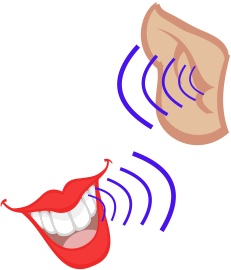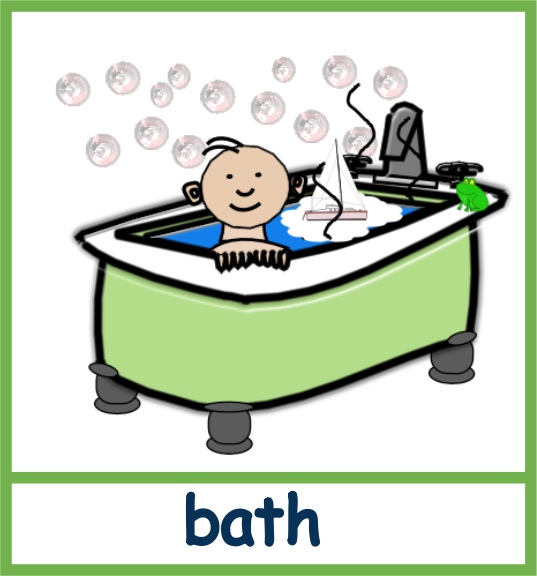
There are different types of talk:
- Business Talk – this is when we use more everyday instructional and informational kinds of vocabulary and sentence structures.
- Play Talk/Rich Talk – this is more conversational, informal and descriptive.
- Small Talk – this is everyday chatter or conversations, informal and often less descriptive and more factual.
- Parentese – this research has shown is how babies prefer you to talk to them using regular words (normal adult vocabulary) in a slightly higher pitched and more sing-song way.
It is important that a child is exposed to the different types of talk as it helps them to build their vocabulary (word awareness – receptive & expressive language) this is vital if they are to continue to develop good communication skills.
The Difference Between Receptive and Expressive Language
Receptive language is how we take in and understand language; it is what we hear, see and read. This also includes body language and environmental clues. All these elements help us to interpret a situation and give it its meaning, so that we can understand what is being communicated. We do not need to be able to produce language to receive and understand it, so infants and toddlers understand far more than they can express (expressive language).
Expressive language is our ability to put our thoughts, needs and wants into words and sentences in a way that makes sense and is grammatically correct. A baby’s expressive language to begin with is based on cries and gestures and then moves to sound making, gestures and body language signals. We use this expressive language when we speak and write. When babies and toddlers move to speaking words, they have a limited vocabulary which is why they can get frustrated when we do not understand them.
Good word awareness (receptive and expressive language) is a key pre- phonics skill.
Click the link for ‘Tips to Help Develop Word Awareness (Receptive & Expressive Language)’: https://www.teachphonics.co.uk/word-awareness.html


